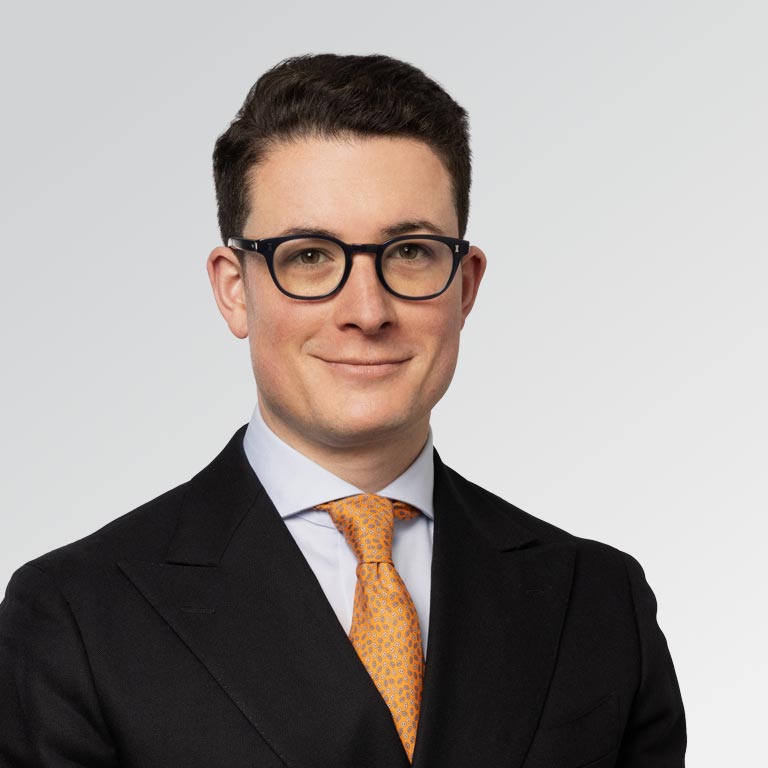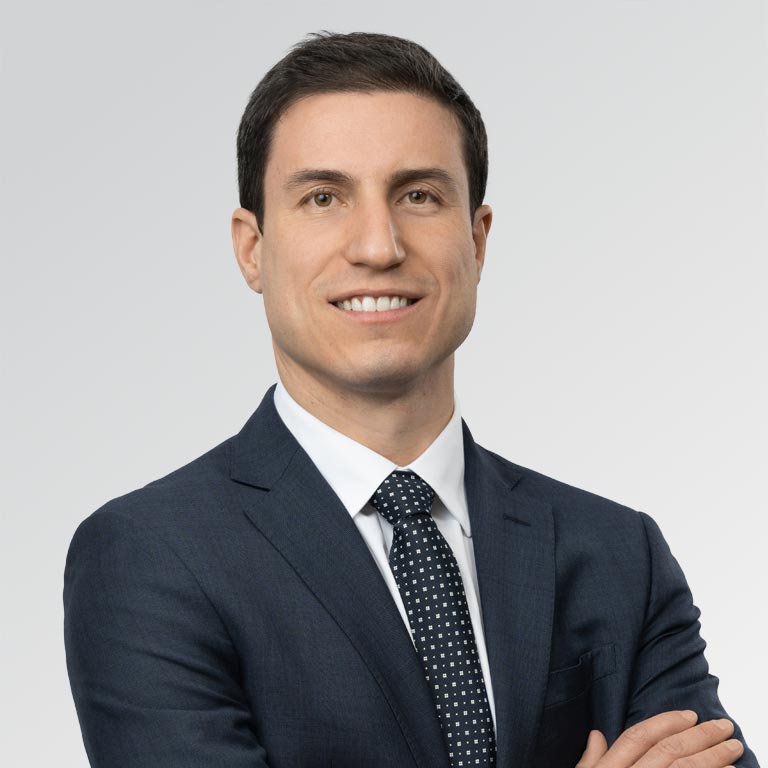Embrace Duration in Rising Rates?
Let’s re-visit conventional thinking
When it comes to fixed income investing, the conventional thought suggests that as the economy progresses through a recovery, interest rates rise to reflect a more robust growth and inflationary backdrop. In response to the improving environment, central bankers gear up to endeavour on a rate hike campaign to prevent the economy from overheating. While we do not typically know exactly when rate hikes will begin, and how high policy rates will ultimately settle, the market is in constant re-calibration of expectations.
This year has been one of those re-calibration years for bond investors. As the cycle progresses at warp speed, compared to cycles past, the bond market has been active in repricing rates across the curve, accounting for growth, inflation and policy path expectations. It has undoubtedly been challenging in 2021.
Central bankers, too, are turning more hawkish and signaling their time to act may be sooner than anticipated. Markets interpret the recent rhetoric from the Bank of Canada to mean some time in the middle-quarters of 2022. Are Canadian fixed income markets destined for a lost year of returns?
History does not repeat, but it often rhymes
Although conventional thinking associates a rate hike campaign with rising rates, it is important to note that not all rates are made the same.
The beauty of bond market dynamics is that different factors affect different segments of the yield curve. While some rates rise, others may fall when it is the same new information being disseminated. For example, a flattening yield curve may be driven by short-term rates rising in anticipation of policy rate hikes. Conversely, longer-term rates may remain steady or fall as longer-term inflation expectations are adjusted.
With respect to potential performance in the lead up to rate hikes, longer term rates generate higher yields and have an outsized benefit to falling rates relative to the headwinds faced from rising short-term rates. This is due to higher sensitivity to interest rate changes of the former. As many investors seek to remove duration by moving into short-term bonds or reducing fixed income exposure to proactively protect capital, they may be missing out on market opportunities. Duration has historically been a very valuable tool at this point of the cycle.
[…]





